“The Poppy War Trilogy” — Culturally Annotated English Translation Guide
By R.F. Kuang • Translated with Historical Context for Global Readers
Core Translation & Cultural Context
Series Title: 《罂粟战争三部曲》 (Yīng Sù Zhàn Zhēng Sān Bù Qǔ)
English Title: The Poppy War Trilogy
Author: R.F. Kuang (Rebecca F. Kuang, b. 1996)
Cultural Significance: A historical military fantasy trilogy blending 20th-century Chinese history (e.g., the Second Sino-Japanese War, Opium Wars) with shamanic mythology and anti-colonial critique. The series follows Rin, a war orphan turned shamanic warrior, whose journey interrogates power, trauma, and the moral cost of revolution.
Book-by-Book Translation & Annotations
1. The Poppy War (《罂粟战争》)
Plot Summary:
Rin, a dark-skinned orphan from Rooster Province, escapes poverty by acing the Keju (Imperial Examination) to enter Sinegard Academy, an elite military school modeled after China’s Huangpu Military Academy. There, she discovers her shamanic connection to the Phoenix God, a vengeful deity whose power threatens to consume her humanity as she confronts the Federation of Mugen (analogous to Imperial Japan).
Cultural Notes:
- Keju (科举): China’s 1,300-year civil exam system, here critiqued as a veneer of meritocracy masking systemic oppression.
- Mugen’s Atrocities: Parallels Japan’s WWII occupation of China, including the Rape of Nanjing and Unit 731’s chemical warfare.
- Phoenix Mythology: Subverts the traditional East Asian symbol of rebirth into an allegory for cyclical violence.
2. The Dragon Republic (《龙共和国》)
Plot Summary:
Haunted by wartime atrocities and addicted to opium, Rin allies with the Dragon Warlord to overthrow the Empress. However, she uncovers his imperialist ambitions, mirroring historical warlord conflicts in early 20th-century China.
Cultural Notes:
- Opium Addiction: Reflects Britain’s role in the Opium Wars (1839–1860), where drug trade destabilized Qing China.
- Dragon Symbolism: The dragon, a traditional imperial emblem, is repurposed to critique authoritarianism and failed revolutions.
3. The Burning God (《燃烧之神》)
Plot Summary:
Rin becomes a revolutionary icon for Nikan’s oppressed masses, but her alliance with the Phoenix spirals into genocidal tyranny. The finale interrogates Mao Zedong’s legacy, juxtaposing peasant liberation with the Cultural Revolution’s devastation.
Cultural Notes:
- Peasant Uprisings: Echoes the Taiping Rebellion (1850–1864) and Mao’s rural mobilization strategies.
- Shamanic Purges: Metaphor for Mao’s suppression of traditional practices during the Cultural Revolution.
Supplementary Materials for Western Readers
1. Historical Parallels
- Opium Wars Context: Sidebars explain how Mugen’s exploitation of Nikan mirrors British imperialism in China.
- Sinegard Academy: Annotated as a fusion of China’s Whampoa Military Academy and Western dark academia tropes.
2. Character Guide
- Rin (琳): A dark-skinned southern peasant challenging East Asian colorism; her arc subverts the “chosen one” trope by linking power to self-destruction.
- Jiang Ziya: Named after a Zhou Dynasty strategist, his opium use critiques colonial exploitation and self-medicated trauma.
3. Philosophical Themes
- Colonialism & Resistance: Infographic linking Mugen’s invasion to French Indochina and British Hong Kong.
- War’s Dehumanization: Comparison to Maus (graphic war trauma) and The Hunger Games (moral ambiguity in survival).
Translation Strategies
- Glossary: Over 100 footnotes explain terms like qi (气, life force), Shennen (神念, divine consciousness), and Chaghan (叉杆, opium dens).
- Tone Preservation: Retains Rin’s visceral voice (e.g., “They burned my village. I’ll burn their country”) to avoid sanitizing violence.
Legacy & Adaptations
- Awards: Nebula Award finalist (2018), Time’s Top 100 Fantasy Books, Reddit Fantasy Award for Best Debut.
- Audiobooks: Narrated by Emily Woo Zeller, praised for capturing Rin’s duality (vulnerability/rage).
- Controversies: Criticized for graphic violence but lauded for unflinching anti-war themes.

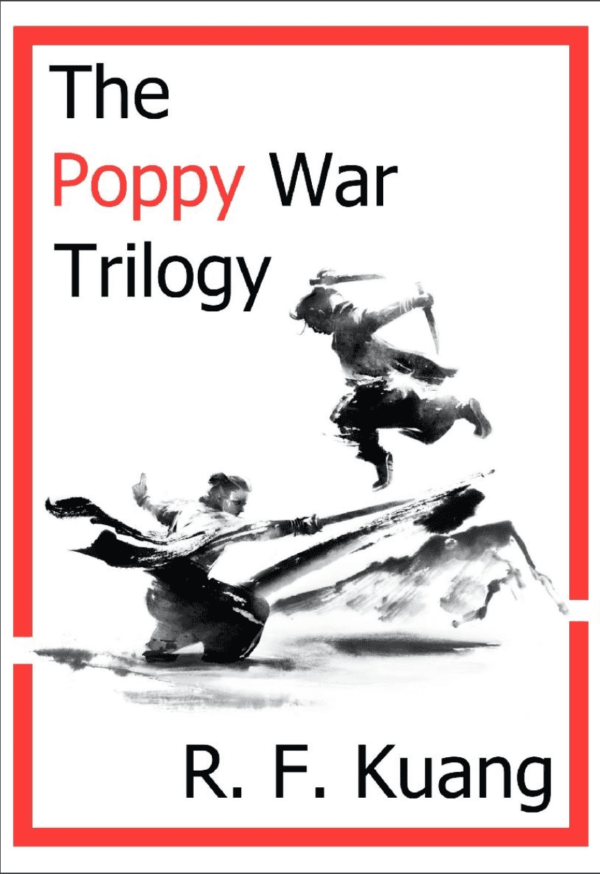
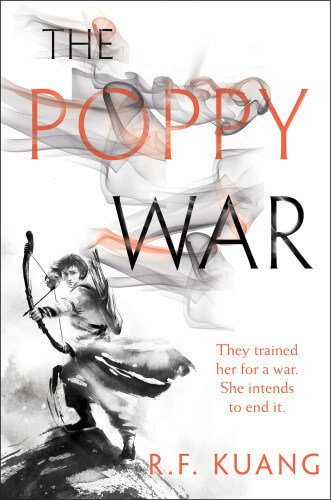
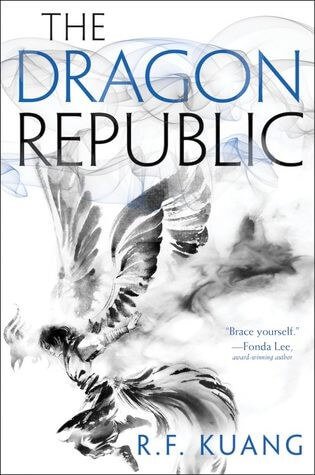


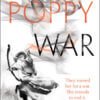

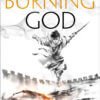
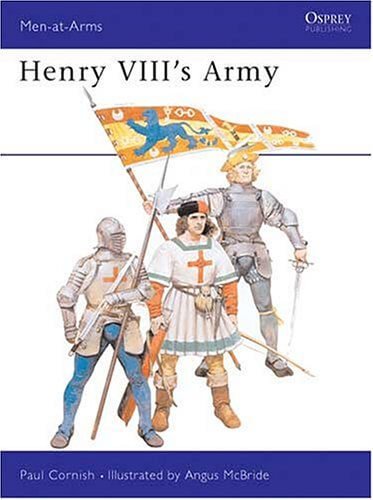
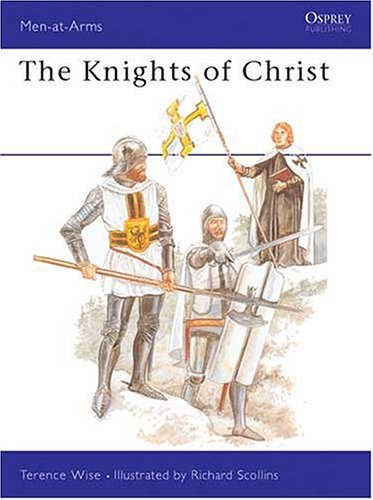

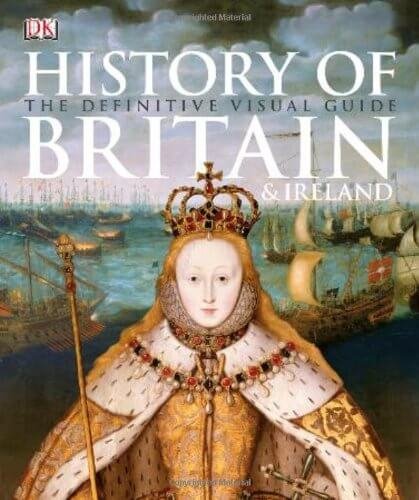
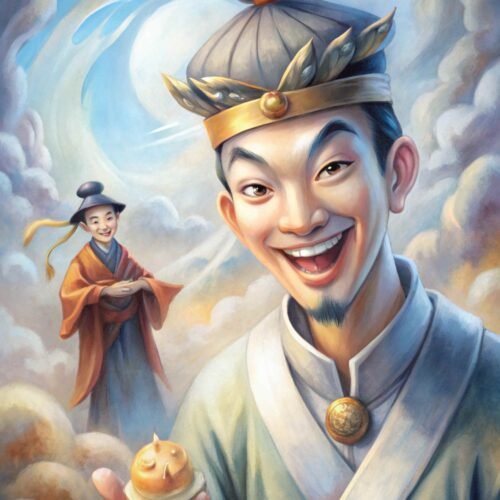
评价
目前还没有评价